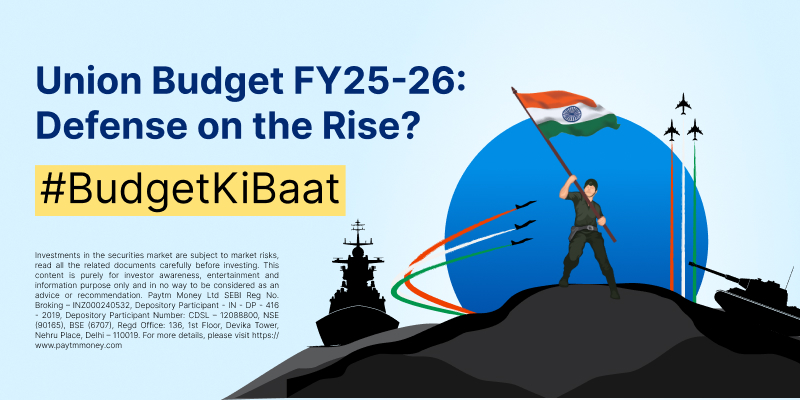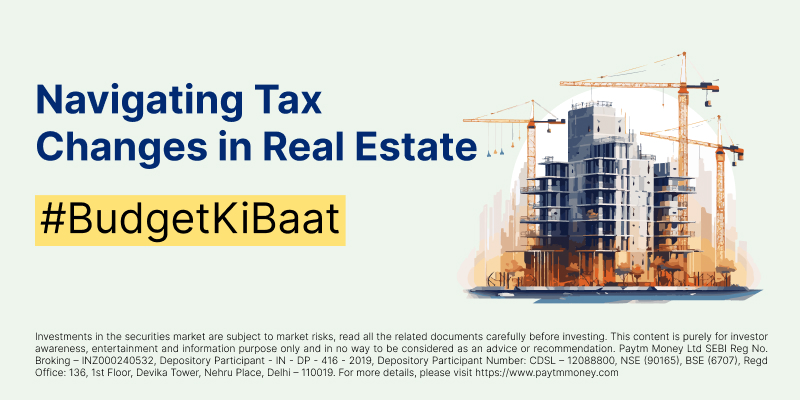Budget 2021 – Are we back in the ’91 era?5 min read
“I do not minimise the difficulties that lie ahead on the long and arduous journey on which we have embarked. But as Victor Hugo once said, “no power on earth can stop an idea whose time has come”. I suggest to this August House that the emergence of India as a major economic power in the world happens to be one such idea. Let the whole world hear it loud and clear. India is now wide awake. We shall prevail. We shall overcome,” Dr. Manmohan Singh said as he presented the historic Budget on July 24, 1991.
Around 30 years ago, amidst political instability and a financial emergency, Dr. Manmohan Singh, then Finance Minister, came in like a knight in shining armor to announce the historic budget and help India out of a financial crisis.
At that time, there was no employment, negative economic growth, the manufacturing sector performing in an embarrassing manner, and the international debt compounding at unprecedented rates.
The 2021 Budget, which is to be announced on Feb 1 would be a historic Budget for India. India’s current Finance Minister Nirmala Sitharaman has reportedly promised us a budget like never before.
The budget that will be presented next week is likely to be the most crucial one in this decade as the Finance Minister has to lift and show a roadmap for the economy that has been wrecked by the pandemic, dragging it down to a recession after four decades.
Breaking the Licencing Raj Shackles
In June 1991, the Narasimha Rao government was sworn in and the first budget was scheduled to be released on July 24.
In 1990-91, India was on the brink of a financial collapse. The country was reeling under extreme economic pressure with just enough foreign exchange reserves left to sustain imports for no more than two weeks. The country’s reserves had been depleted due to high oil prices and falling remittances, both a direct fallout from the Gulf War.
The fiscal deficit was at an alarming rate of 8% of GDP in 1990-91 while the current account deficit made up 2.5% of GDP. India was close to defaulting on its debt obligations.
When Manmohan Singh took over as finance minister in 1991, he faced two major challenges: a growing debt crisis and rising internal public debt.
Singh had limited room in a minority Congress-led government and so he had to make strict decisions that were essential for liberating the Indian economy.
Some decisions were made before the Budget to handle crises.
The government, along with the Reserve Bank of India, undertook a two-step devaluation of the rupee, which was first devalued against major currencies by around 9% on 1 July 1991, followed by another devaluation of 11% two days later.
Seeking relief from the International Monetary Fund, the then government applied for an emergency loan of $220 million on July 22. The loan proved to be essential in preventing a debt default.
It was during this phase that Manmohan Singh showed a committed resolve towards ‘Liberalization, Privatisation, and Globalisation’.
The ‘license raj’ system was abolished with most of the sectors of manufacturing being opened up to the private players. The draconian Monopolies and Restrictive Trade Practices Act was amended to provide capitalists with the much-needed breathing space in the nation.
Blockbuster Budget Announcements
In the 1991 budget, the government announced a number of reforms that opened India’s economy, let’s see a glimpse of some of the announcements.
- 1991 was the end of licensing raj, companies were free from quantitative restrictions
- Imports of any plant and machinery for industry, as well as consumer goods, became easier
- Foreign companies were allowed to enter into joint venture agreements with the domestic companies and in due course set up subsidiaries.
- It marked the beginning of the disinvestment of profitable PSUs.
- SEBI became the sole regulator of capital markets. All listed companies were asked to comply with its rules and regulations
- Concession given in the 1990s enabled Indian software companies to become more cost-effective.
- The peak income tax rate came down over the years to 30% and a number of slabs to three.
Coming back to 2020
With the virus having negatively impacted economies worldwide. India’s real GDP is estimated reportedly to contract by -7.7% in 2020-21, compared to a growth rate of 4.2% in 2019-20.
In the first quarter of 2020-21, the country’s GDP contracted 23.9%. As per the first advanced estimates released by the National Statistical Office (NSO), the services sector was the worst hit and the agriculture sector showed positive growth.
India’s exports fell by 15.8% to $200.55 bln in the Apr-Dec period, from $364.18 bln in the previous year which reflects a negative external market.
The country’s imports were $258.29 bln in Apr-Dec, down over 29% compared to the previous year, which means the manufacturing sector is still not up and running completely.
Drums Rolling for Feb 1, 2021
The government has taken several steps to support and revive the economy, including introducing labour reforms, production-linked incentives, and relief packages, particularly for the MSMEs. In line with earlier relief packages, there is a lot of expectation from the upcoming Union Budget on 1 February.
The Indian economy has witnessed several quarters of slowing growth. While the economic situation is not as grave as in 1991, new Union Finance Minister Nirmala Sitharaman may need to come up with some strong reformative measures perhaps along the lines of the ones proposed by Manmohan Singh in 1991 to prevent the economy from slowing down further.
Also, this year, for the first time since independence, the Union Budget will not be printed as it is done every year. The government has come up with a digital solution where everyone will have access to the budget document – “Union Budget Mobile App”. Budget documents will be available on the Mobile App after the completion of the Budget Speech by the Finance Minister in Parliament on 1st February 2021.
All we have to do now is wait and watch the historic budget to be announced on Feb 1 and see if it is enough to fill the crack.




